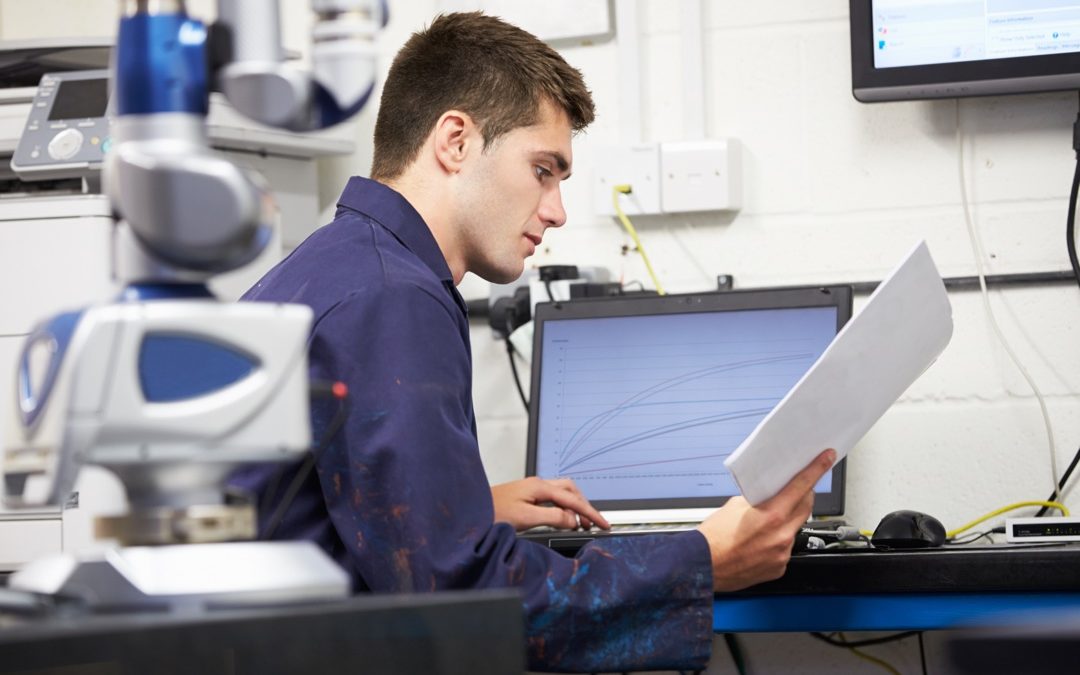
Permit to Work – the basics
A permit to work is a formal document that is part of a structured process designed to improve the safety of people working on hazardous jobs.

A permit to work is a formal document that is part of a structured process designed to improve the safety of people working on hazardous jobs.

Biometric identification of permit signatories introduces even higher levels of integrity to the process; the rugged industrial fingerprint scanners used by IntelliPERMIT on many sites are highly reliable and have been proven over many years in the most challenging environments.
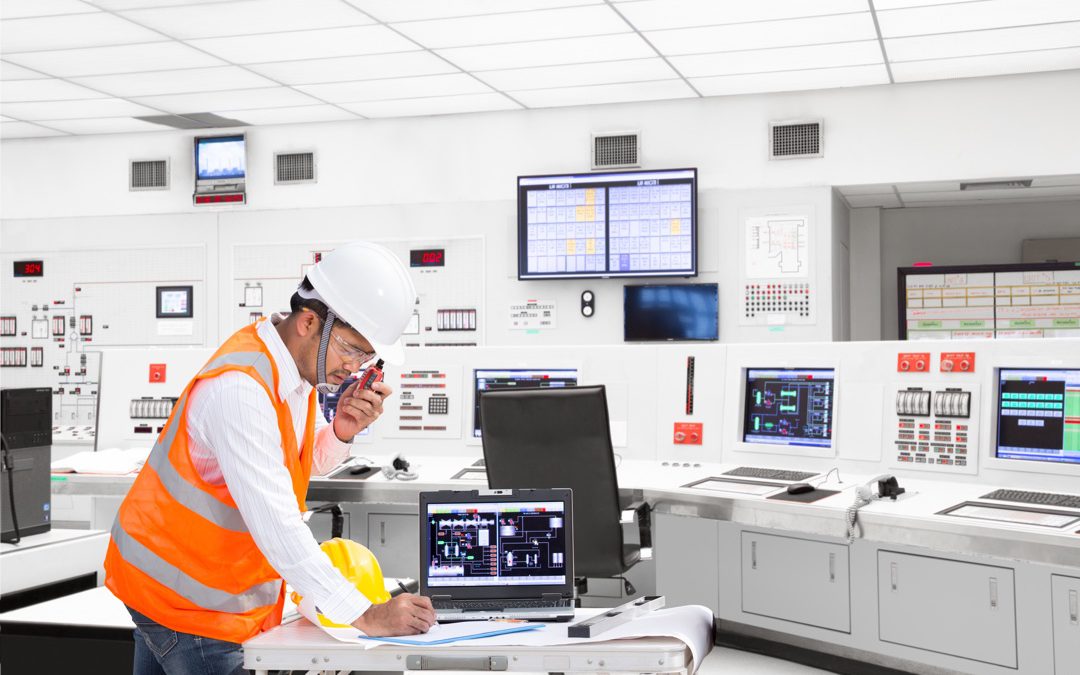
IntelliPERMIT is not a computer based replica of a paper-based permit system. Intelligent safety rules, enforced system controls, auditability, visibility etc. are all enhanced over paper-based systems and represent a step change in safety integrity and reliability.
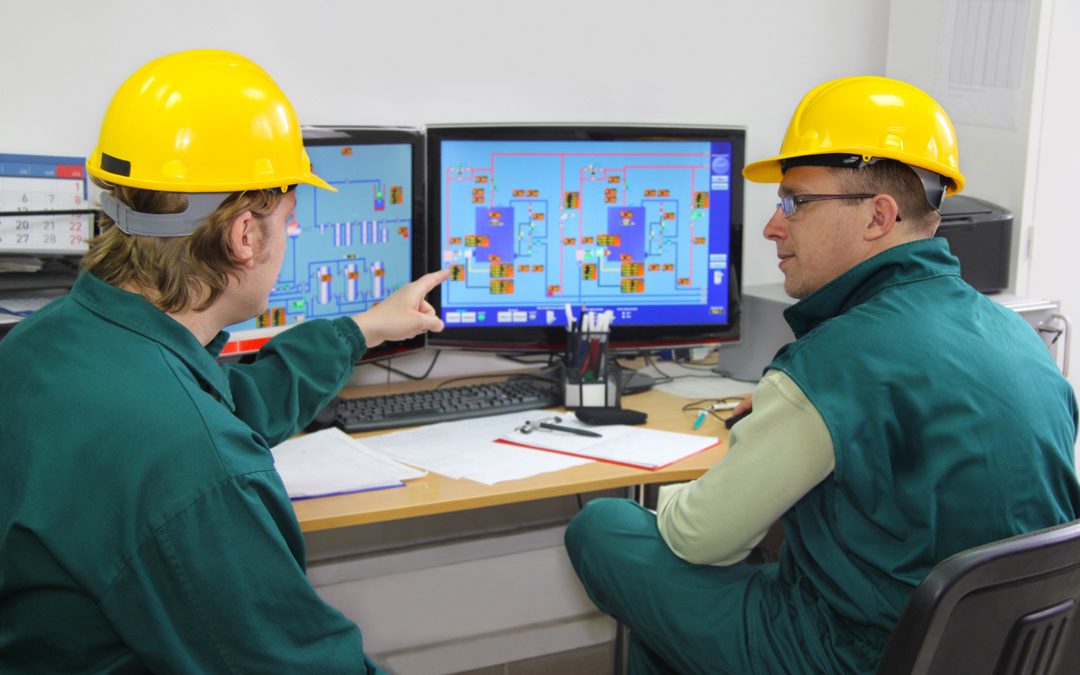
All too often the permit and isolations processes required for maintenance activities are regarded as wasteful expenditure of time and resources. We can however apply value stream mapping techniques to identify inefficiency throughout the work flow to ensure waste is eliminated.
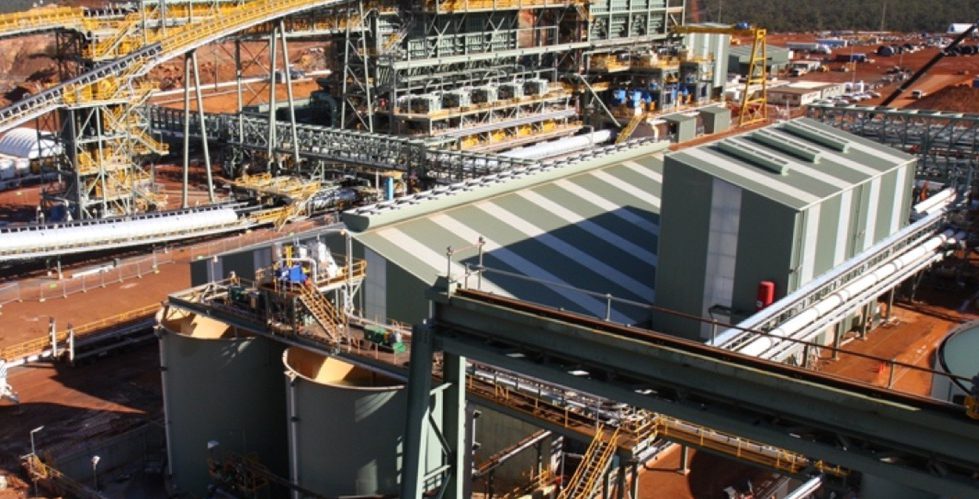
A permit to work system touches many functions; production, safety, maintenance, people and information technology. Getting all of these stakeholders aligned to a common goal is essential for a successful implementation of IntelliPERMIT.
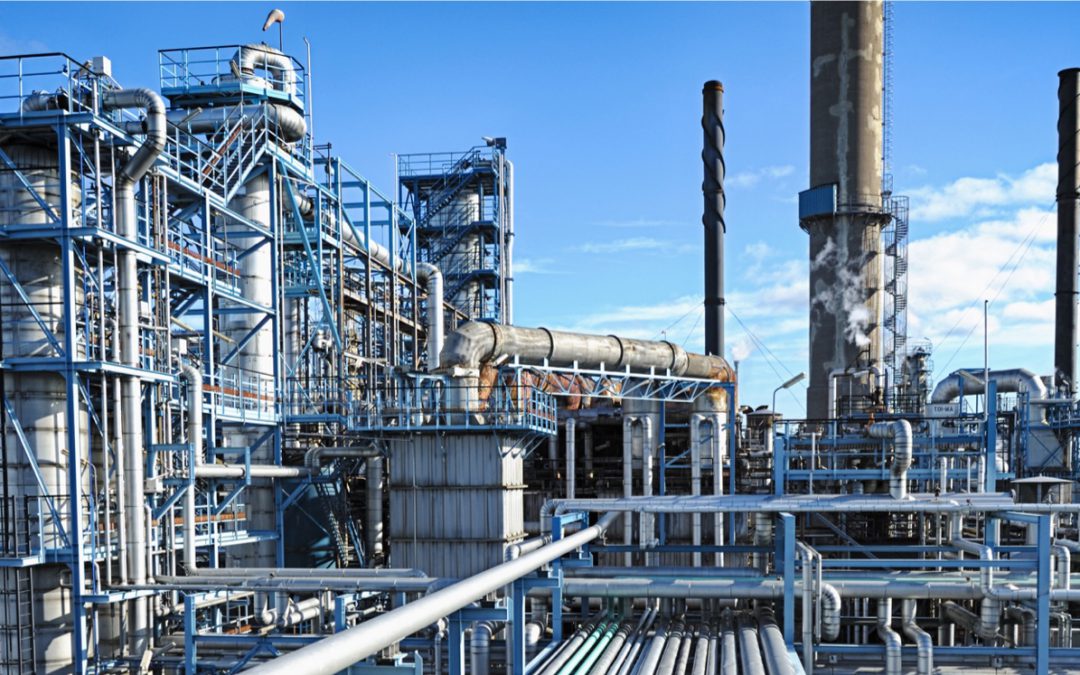
The primary role of a permit to work system is to improve the safety of maintenance activities in hazardous production environments. This is particularly important during shutdowns when there are many contractors on site unfamiliar with the process, and who might be under tight deadlines to bring the plant back online.